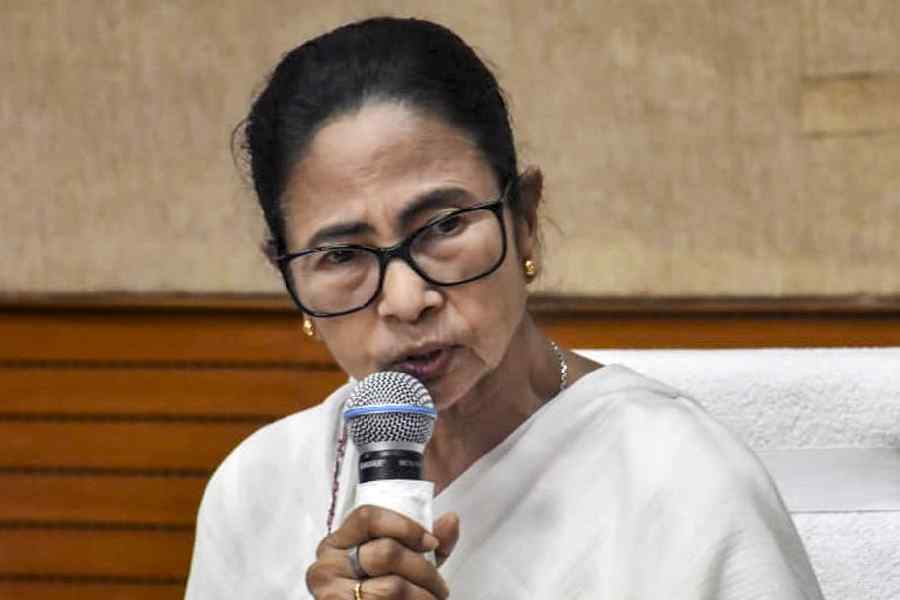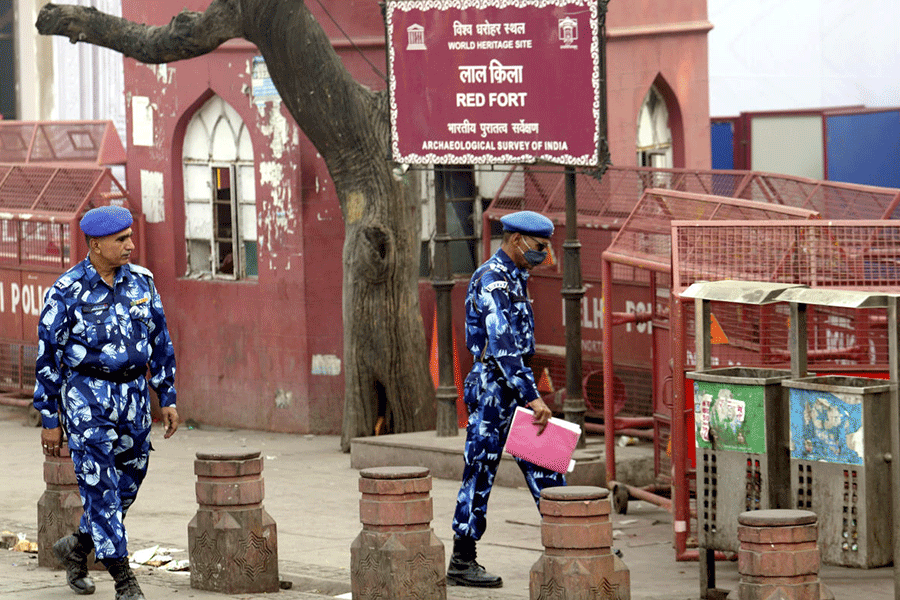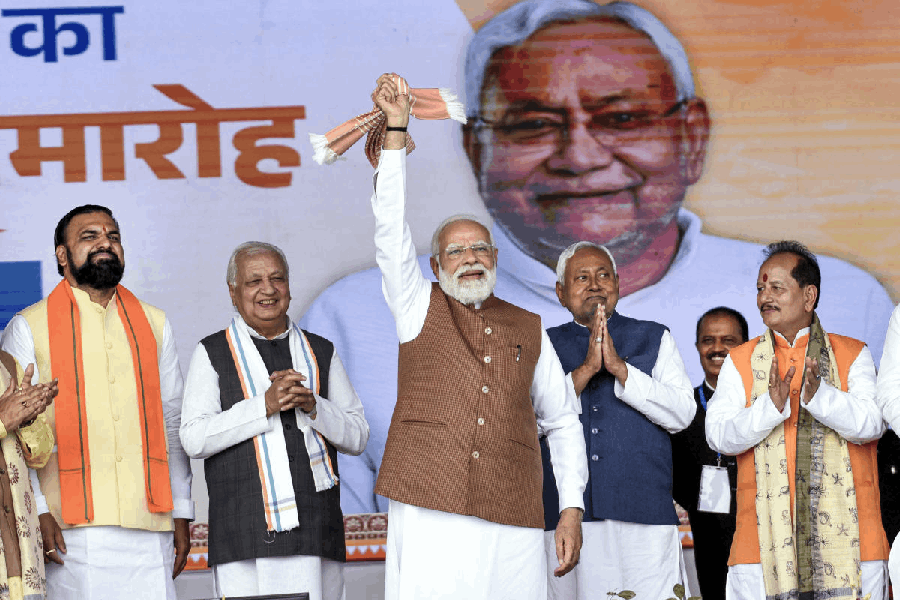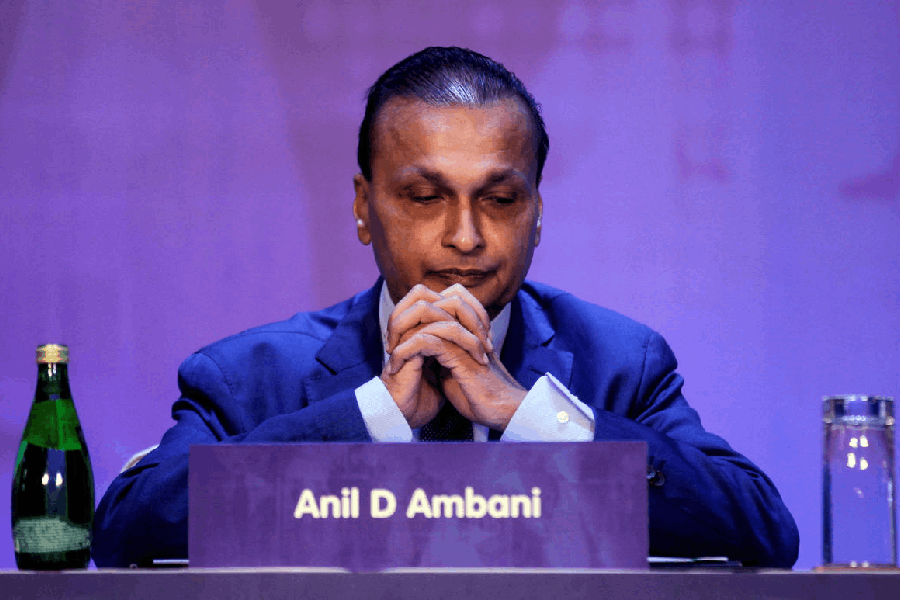IIEST Shibpur will recruit visiting faculty to meet the crisis of shortage of teachers as more students will be admitted this year with the introduction of quota for financially weak candidates belonging to the general category.
An amendment brought in by the human resource development ministry in January ahead of the general elections ensured 10 per cent quota in higher education for the “economically weaker sections” from this year.
“The number of students will increase at all levels — BTech, MTech and PhD. But additional posts proportionate to the increase in the number of students are yet to be sanctioned. We are also facing shortage of permanent regular teachers. So we have to recruit visiting faculty to deal with the increase in intake,” Parthasarathi Chakrabarti, the director of the institute, told Metro.
The institute has posted an advertisement on May 31 on its website www.iiests.ac.in to recruit visiting faculty. The advertisement seeks applications from academics attached to universities, institutes, R&D labs, including those on sabbatical leave from other institutions, or retired teachers for the post.
The tenure of appointment would not go beyond two years.
“We hope that additional posts would be sanctioned in between,” said an official of the institute.
Director Chakrabarti said although they had vacancies for 303 positions for full-time teachers, the present strength stood at 230.
“We could reach the present strength of teachers after conducting a mega recruitment drive recently. But even this strength is not enough given the existing number of students. To address the crisis of teacher crunch once additional students take admission under the newly introduced quota for students belonging to the economically weaker sections, the institute has to rely on visiting faculty,” said Chakrabarti.
An official said, last year they had admitted 600 students at the BTech level, this year the count would go beyond 700.
The Anandakrishnan Committee, which had floated the concept of IIEST, had recommended a teacher-student ratio of 1:8, whereas the institute’s ratio is 1:12.
“If we are to maintain the existing strength despite an increase in the intake, then we have to recruit visiting faculty,” the director said.
Chakrabarti said before he joined as full-time director in May last year, the institute had recruited visiting faculty.
“But I found that those recruitments did not conform to a well-laid out structure, containing specific eligibility criterion. There was a sort of ad hoc approach in those appointments. But if you don’t follow a structured guideline, you won’t be able to attract a bright visiting faculty and students would suffer,” he said.
The eligibility criteria for recruitment tries to address this concern of the director.
The advertisement says: “A visiting faculty from academic institutes must possess a PhD degree with adequate experience in teaching and research equivalent to that of an associate professor or professor of institutes of repute. A personnel from industry should preferably possess a PhD degree or a proven record of research, publishing papers in refereed journals or having good patents etc.”
Another official of the institute said the age of a visiting faculty should not exceed 69 at the time of appointment. “However, any existing visiting faculty may be allowed by the director to continue beyond the age of 70 till the end of the prevailing semester or completion of any sponsored project for which he/she is the principal investigator (PI) or co-PI,” he said.










